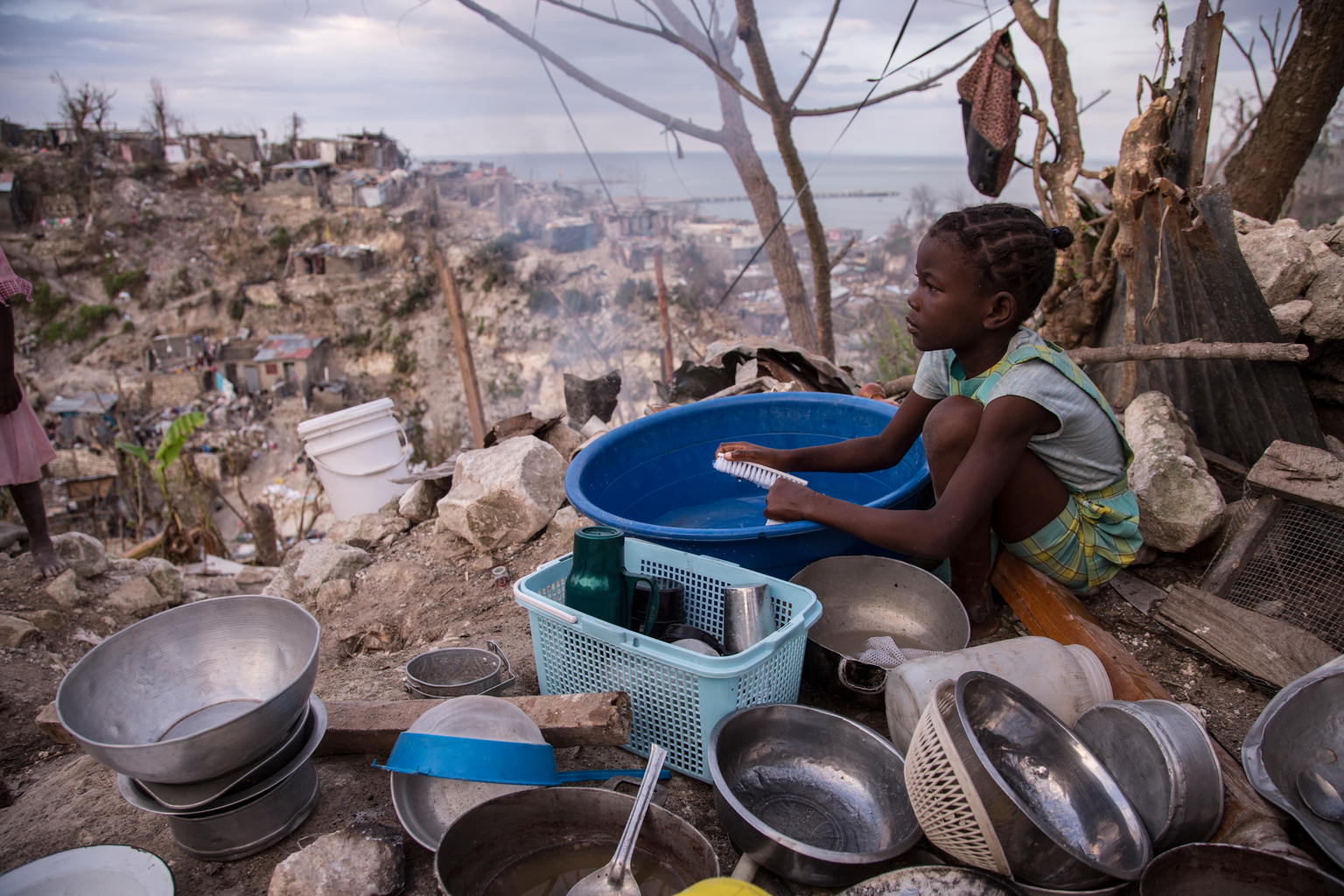Water and Urbanization
Most people live in towns and cities. Urban areas are expected to absorb all of the world’s population growth in the coming decades, as well as accommodate rural-to-urban migration.
The majority of urbanites live in overcrowded, unplanned settlements with inadequate water and sanitation services. Reaching poorer communities will be vital to protecting public health as a whole, and to withstanding the impacts of climate change.

The issue explained
Urban centres are concentrations of deprivation. Fast growing towns and cities across the developing world are home to millions of people living without access to basic services such as safely managed water and sanitation services.
Urban planning is not keeping pace with population growth. Planning, budgets and infrastructure are failing to serve most urban residents in the developing world with water and sanitation, contributing to poor health conditions and heavy pollution loads in wastewater.
Unplanned ‘slum’ areas pose a wider health risk. Unsanitary conditions in neighbourhoods without water and sanitation services create a constant threat of a disease outbreak, such as cholera, that can devastate poor communities and spread through the city and beyond.
Unserved urban communities are vulnerable to shocks. The poorest neighbourhoods are often in areas more exposed to natural hazards such as flooding, sea level rise, forest fires, landslides, volcanic eruptions and tsunamis. A lack of resilient water and sanitation systems and hygiene facilities means that the community’s ability to stay healthy during environmental shocks is severely compromised.

The way forward
Governments must reach unserved urban communities to accelerate global progress. The density and volume of unserved urban populations in developing country cities means that interventions to improve water and sanitation services will reach many people in a short timeframe.
Public health in urban areas must be a top priority. Water and sanitation interventions in towns and cities, including safe wastewater treatment, has positive impacts on public and environmental health that transform target communities and ecosystems, and spread rapidly through the municipality and into the rest of the country.
Urban water and sanitation must be at the heart of a circular economy. Climate goals and service delivery obligations will only be met if governments implement technology that delivers sustainable water and sanitation services and wastewater treatment for every urban resident.
The New Urban Agenda must be implemented. The New Urban Agenda, adopted by world leaders in 2016, is a roadmap for building cities that can serve as engines of prosperity and centres of cultural and social wellbeing while protecting the environment. The Agenda also provides guidance for achieving the Sustainable Development Goals and addressing climate change.
Facts and Figures
- The number of city inhabitants lacking safely managed drinking water has increased by more than 50% since 2000. (UN-Water, 2021)
- 86% of people in urban areas have safely managed drinking water services, but only 60% of people rural areas have them. Safely managed sanitation services reach 62% of the world’s urban population but only 44% of the rural population. (WHO/UNICEF, 2021)
- The global urban population is estimated to grow from 3.9 billion people today to 6.3 billion in 2050. (UNESCO, 2012)
- Today, 55% of the world’s population lives in urban areas, a proportion that is expected to increase to 68% by 2050, adding another 2.5 billion people to urban areas with close to 90% of the increase taking place in Asia and Africa. (UN DESA, 2018)
- In urban areas, the main challenge is often a lack of access to basic services in informal settlements, or high prices and a lack of quality control of water from private vendors. (WHO, 2017)
- In South Asia, only 23% of the urban population have access to safely managed sanitation. (UN Habitat, 2024)
